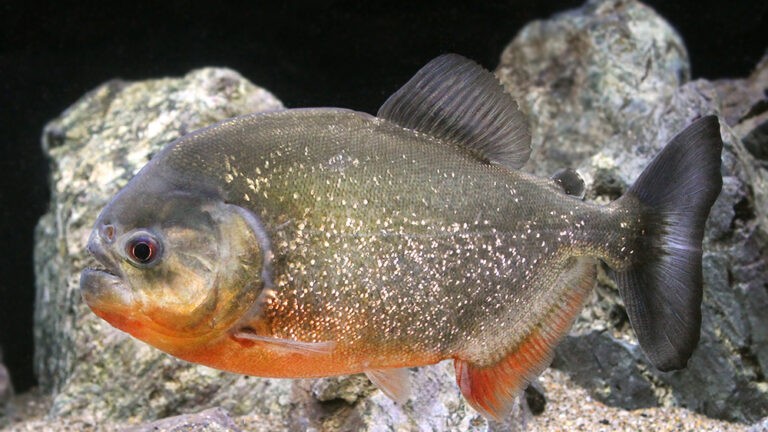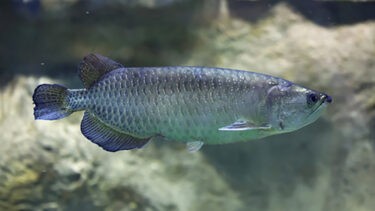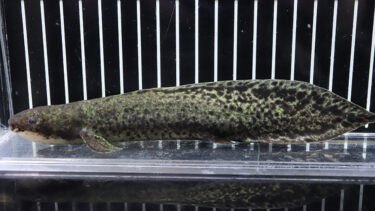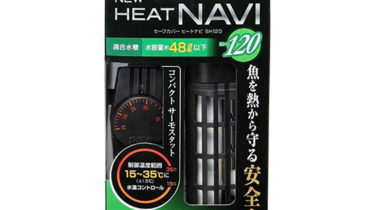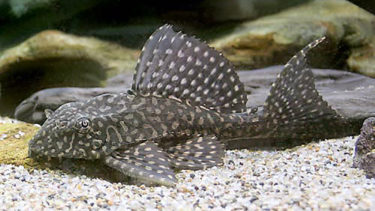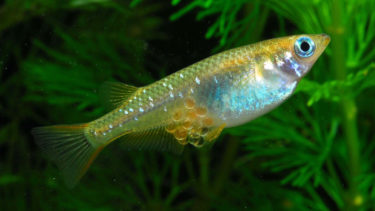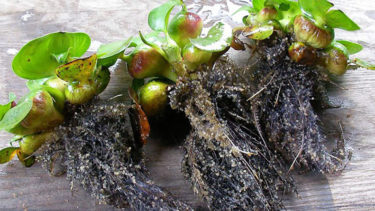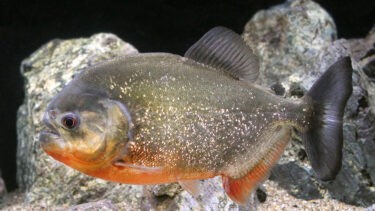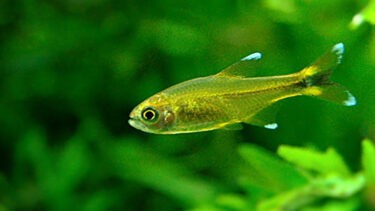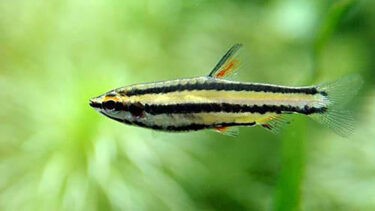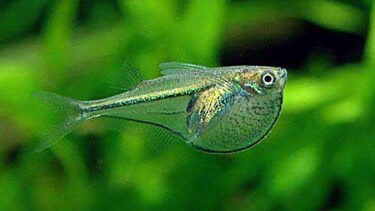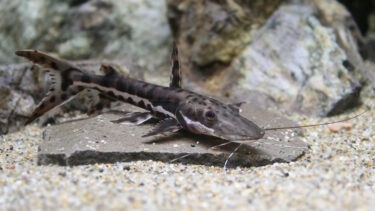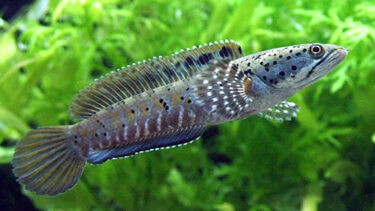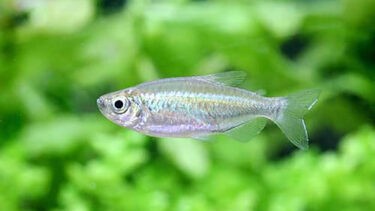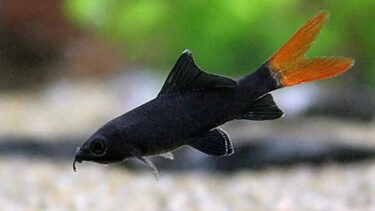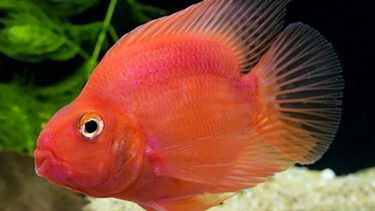The piranha nattery is a tropical fish of the family Carassinae and genus Pygocentrus of the order Carassinae, native to the Amazon River and Orinoco River in South America, and has an almost oval-shaped body and scales with silver spots. In this article, I would like to explain in detail the characteristics of the piranha nattery and how to keep it.
What is Piranha Nattery?
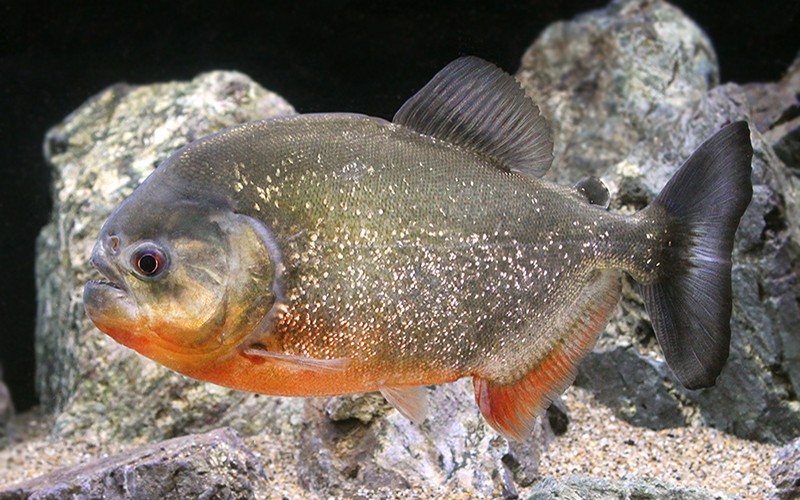
The Piranha Nattery is a tropical fish in the family Calasinidae, genus Pygocentrus. The Piranha Nattery originates from the Amazon and Orinoco rivers in South America.The Piranha Nattery has an almost oval body shape and its head may appear slightly swollen. The piranha nattery's body color has scales with silver flecks that glisten in the light. It is commonly known as the "piranha".
When you go to a specialty store to look at tropical fish, you may be surprised at the large number of species available. The prices are different, as are the sizes and appearances, so it is difficult to know what to choose based on. In this article, I would like to explain in detail about the different types of tropical fish. Classification of tropical fish Ca[...]
The northern barramundi is a tropical fish of the family Arowanidae (arowanas), genus Scleropagus, native to Papua New Guinea and northern Australia. [...].
Neoceratodus is a tropical fish belonging to the family Neoceratodidae of the order Ceratodus and native to the Mary River and Burnett River in Australia. In this article, we will introduce you to the Neoceratodus [...].
Snails is a term that is often used to describe small mussels that become mixed in with the aquarium and multiply to a large extent. The increase in snails can deteriorate water quality. In this article, I would like to explain in detail the characteristics of snails and how to deal with them. What is snail [...].
How to keep Piranha Nattery
The life span of the piranha nattery is approximately 10 to 12 years. Their body size is approximately 30-40 cm. However, both lifespan and body size vary depending on the environment in which they are kept and the food they are fed. Piranhas prefer slightly acidic to neutral water, with a pH range of 5.5 to 7.5. Piranha natteries are classified as a tropical fish, so if you keep them in Japan, you will need a heater in winter.
A heater is a device that maintains a constant water temperature. If you go to a specialty store that carries heaters, you will find a wide variety of types. Some people may be at a loss as to which one to choose. In this article, we would like to explain about such heaters [...]
Points to keep in mind when mixing swimmers
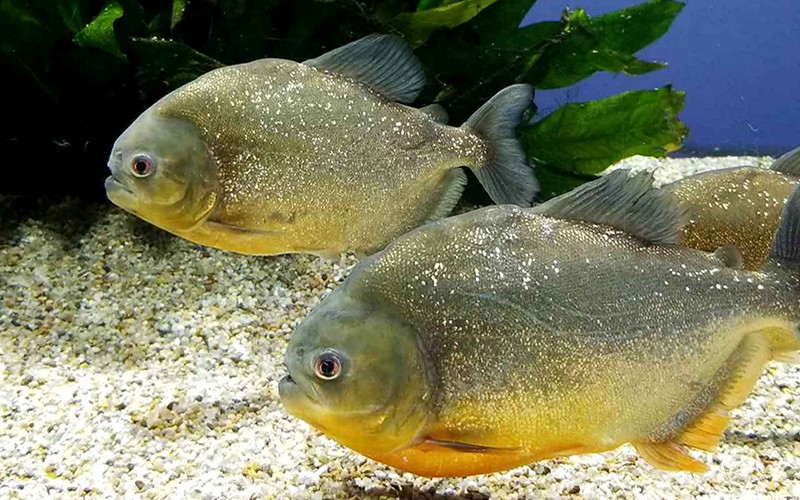
Piranha natterei are timid in nature, but if you find an injured or bleeding fish, they will prey on it without mercy. However, if you find a wounded or bleeding fish, it will prey on it without mercy, so you must be careful. The best breed to mix with Piranha natteries is a low swimming breed such as pleco.If you are going to keep piranha natteries, it is also recommended to keep them in the same species. Piranha natteries are the safest and most worry-free species because they originally swim in groups.
The pleco is a tropical fish of the catfish order Loricariidae, family Pecoltia, native to the Amazon and Orinoco river basins in South America. It has hard, rough scales like armor and a sucker-like mouth that can stick to rocks and walls. In this article, we will discuss the characteristics of the pleco and its keeping [...].
Points about spawning
Many people who keep piranha natteries want to breed them. When they are in the wild, they spawn during the rainy season from April to May. Therefore, when they are allowed to spawn in the aquarium, a half water change will often make them think that the rainy season has arrived and they will spawn.When they mistakenly believe it is time to spawn, the males will be seen breaking in the bottom floor and preparing the spawning beds. If this is successful, females will come to them. Once a pair is formed, the male will begin to rub his body against the bottom of the water while defending his territory. When this movement is observed, the female will lay about 600 sticky eggs. After about 10-14 days after laying the eggs, they begin to hatch. Between the time the eggs are laid and the time they hatch, the male guards the eggs without feeding. Males guarding the eggs are often very temperamental, so care must be taken. It is especially dangerous to mix them with other males, so please keep them separated from the eggs in a separate tank.
Many people who keep killifish want them to spawn. However, not many people know about spawning and what they need to do to prepare for it. This time, we would like to explain the method of spawning and the points to be noted [...].
If you have kept goldfish for a long time, you may want to try to breed them. However, if goldfish spawning is not done with care, there is a high possibility that the goldfish will weaken. In this article, I would like to explain in detail the method and precautions for spawning. The time of spawningThe time of spawning of goldfish is [...]
What to keep in mind when keeping piranha natteries

The Piranha Nattery is a breed that has become popular in recent years because it has scales with silver spots that sparkle and reflect when light hits them. In addition, care must be taken when feeding the Piranha Nattery. Piranha natteries will fight for food and devour it to the point that it seems to jump out of the tank when fed. This may be too much for some people to handle, so we do not recommend that you buy them easily.It is also important to note that this comes out humbly when feeding live food. Some people who have kept Piranha natteries for many years like their predatory scenes, so for those who don't mind, it doesn't bother them at all. The Piranha Nattery has a beautiful body color and an appearance that is hard to hate. If you are interested in Piranha Nattery, we recommend you to visit a specialty store to see them.
First of all, when you want to keep goldfish, you will need something to keep them in. The first thing that comes to mind is an aquarium. However, there are many different sizes and shapes of aquariums. In this article, I would like to explain about aquariums. The key to choosing an aquarium [...].

